My dad has always been a bit of a hoarder. However, there comes a point where even a 93 year-old has a clear out of old magazines. I think he was able to do this because he didn’t have to throw them out himself. Instead, he could pass them on to the next generation of hoarder – me. Part of his hoard: A Practical Photography supplement from 1996 has the title: “The complete guide to the Advanced Photo System”. The banner at the top of the cover says “PHOTOGRAPHY IS CHANGING FOREVER”.
Photography and change
Photography did change. Within a few brief years digital cameras started to become commonplace. Manufacturers discontinued new film cameras one by one. Photographic film survived, but the Advanced Photo System (APS) did not. Kodak stopped making APS cameras in 2004. By 2012 both Fujifilm and Kodak, the last two suppliers of APS film, had ceased production. No-one has made APS film since then. Cue the tumbleweed.
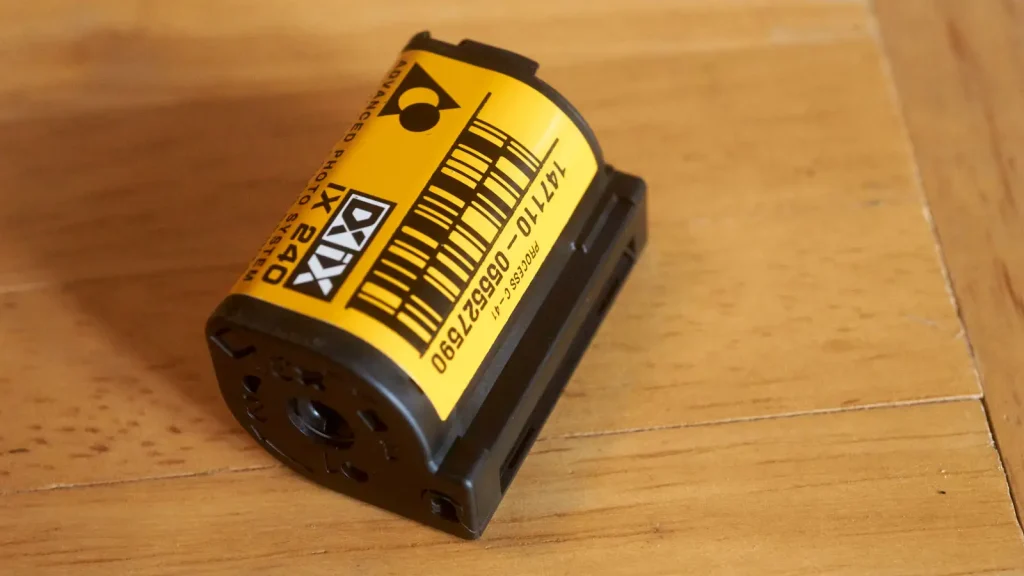
Unprecedented co-operation
All the major film and camera manufacturers co-operated in an unprecedented manner to develop the APS system. APS film is highly specified and manufactured. It sits in a sophisticated cassette with light seals and locking mechanisms. Some cameras read and write information onto a magnetic layer on the film. Two perforations per frame accurately position each image. People post instructions on the internet about how to slit available film formats to size and reload cassettes and cartridges for most film formats. Not APS; it’s just not hack-friendly.
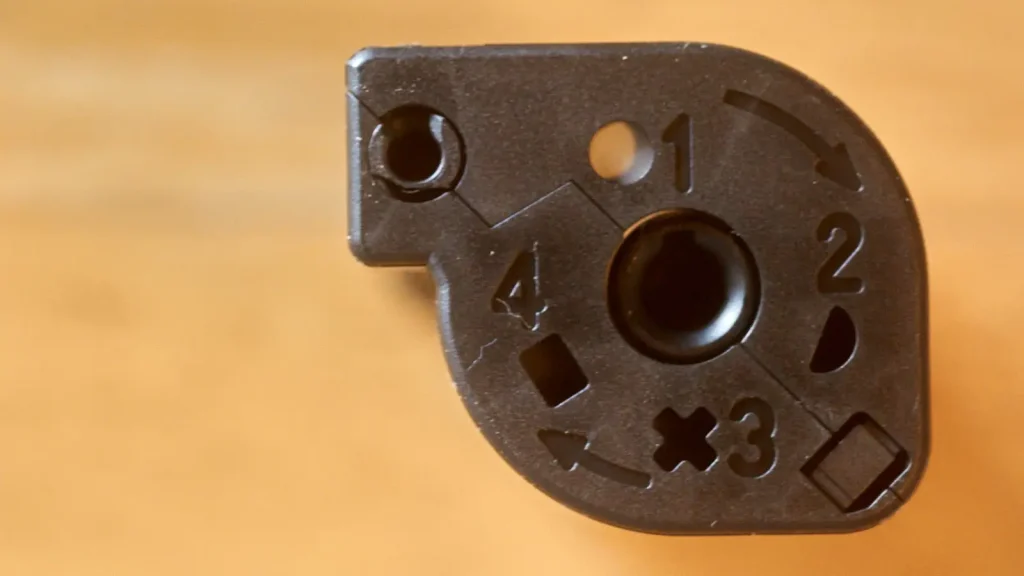
Everything passes
Even the newest APS films expired years ago. You can still buy outdated film on auction sites, but once that is gone, it is gone and there is unlikely to be any more. Without film, APS cameras will end their days as expensive paperweights.
In 2010 Kodak announced that Kodachrome processing would end. It was a complex and impractical process, but I, like many others, mourned its passing. I shot a couple of rolls for old-time’s sake. Kodachrome is a pillar of photographic history. APS is not in the same league, but as an official ‘Grumpy old man’, I’m a sucker for a wallow in nostalgia.
In 1989 Mark Carwardine and the great Douglas Adams made a series of documentaries for the BBC where they travelled the world hoping to encounter species of animals that were on the brink of extinction. The series was called ‘Last Chance to See’.
Last chance to shoot APS
A few more things inspired me to write this article (beyond the urge to see how much obscure format stuff Hamish will let me put up on the site).
- A flip comment I made in a review of a Canon 110ED camera. I was writing about 110 film availability and said: ‘It could be worse, it could be APS’. It got me thinking about whether APS cameras had any life left in them.
- The cross-processing and home processing stuff I’ve been doing recently with cut down reels and development of c41 films using R09.
- A clear-out that my mother-in-law made. She passed me on a little Canon IXUS II camera. A lovely little camera in metal that happens to take APS film.
A hoarder memory surfaced that there was one (or possibly two) Minolta Vectis APS SLR cameras stored in a blanket box in one of our bedrooms. I’d picked them up during my first auction binge buying sessions back in the mid-2000s when APS was still a thing.
Advanced Photo System
The film
My search for old APS film started on eBay. I bought some Agfa Futura film that died in 2001 and two rolls of Kodak Advantix that was as little as 14 years out of date. My intention was to process the c41 film in black and white chemistry to see what results I could get.
The cameras
Manufacturers made a wide range of cameras for APS film. They ranged from disposable cameras to sophisticated cameras that are almost items of jewellery in themselves. Fujifilm and Olympus made integrated zoom bridge-cameras. Canon, Nikon and Minolta released sophisticated interchangeable lens cameras. The big two used their existing 35mm lens mounts, while Minolta went as far as to introduce a completely new one. The pictures you see in this article will have been taken with both of the Vectis SLRs made by Minolta.
The processing reels
Back in a previous article, I documented cutting down a Patterson-style reel to take 16 mm/110 film. It should be possible to cut a little less off the tube of a similar reel to suit APS film, but if you are interested in processing non-35mm formats you might want to take the approach I did, and create a reel that will work with 16 mm and 24 mm film.
To adapt my custom 16mm reel for APS film (which uses 24mm film stock), I fashioned a little 9 mm spacer from the top of a film canister. Although the ring will be too small to fit over the centre spindle of the lower part of the modified reel, it should still hold in place if it has a slit cut in it. Once it is in place it should hold the upper (cut-down) part of the reel the proper distance to hold APS film.
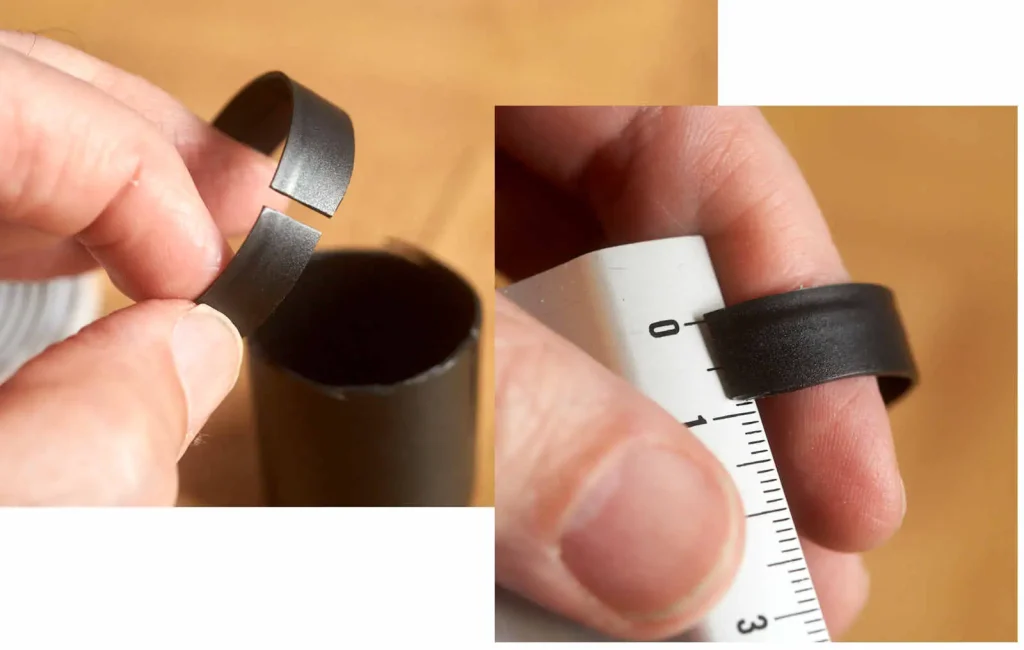
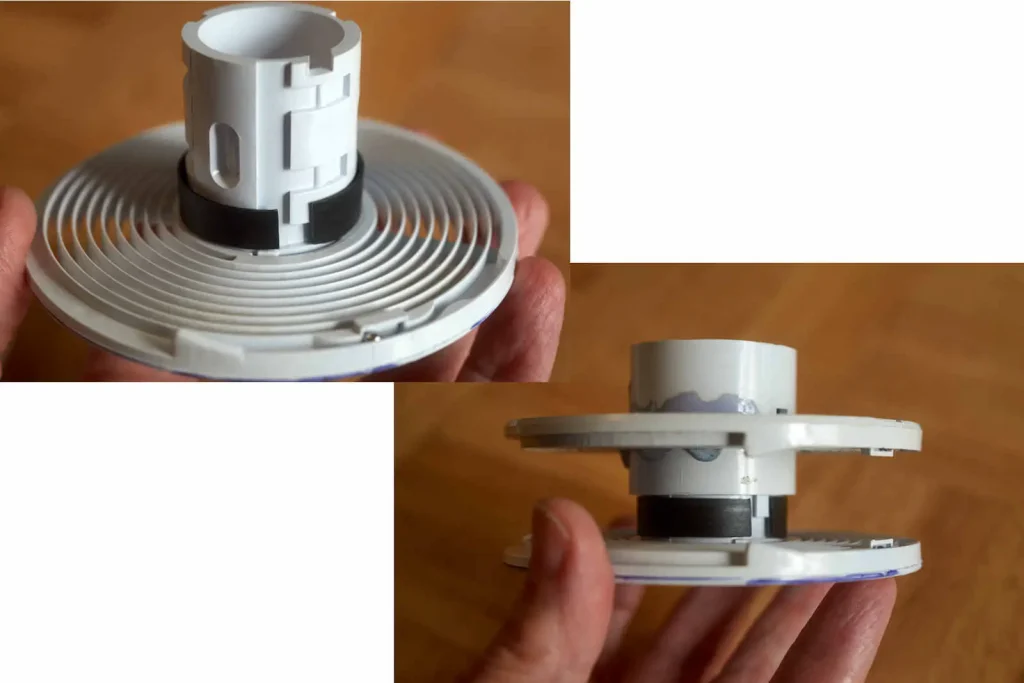
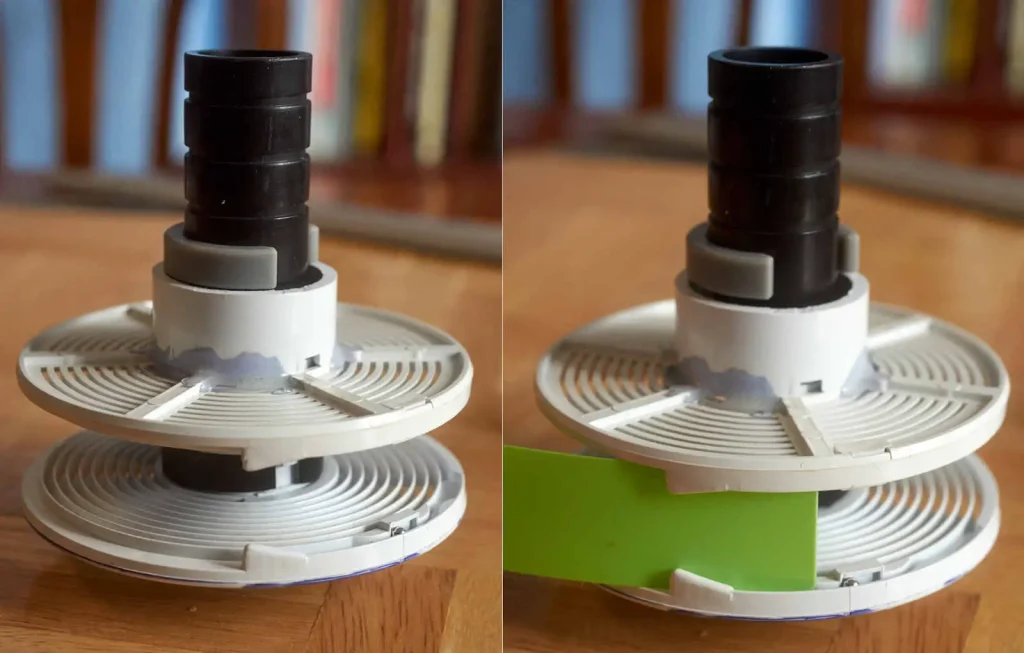
Processing APS film
You could of course, use c41 chemistry at home. I don’t have the experience or the equipment to do c41 at home, plus the film I’m using is way out of date. So I’m going to use R09 to produce a black and white negative.
Getting to the exposed film
As ever, the problem is that you have to do this for the first time in darkness. Be reassured, it is not too difficult.
You can use small flat-bladed screwdrivers to open the light trap and rotate the spool to get the film leader out. Ideal for the light trap is a 3mm, and for the spool a 4mm, flat bladed screwdriver. You may be able to get away with one or the other if you don’t have access to both.
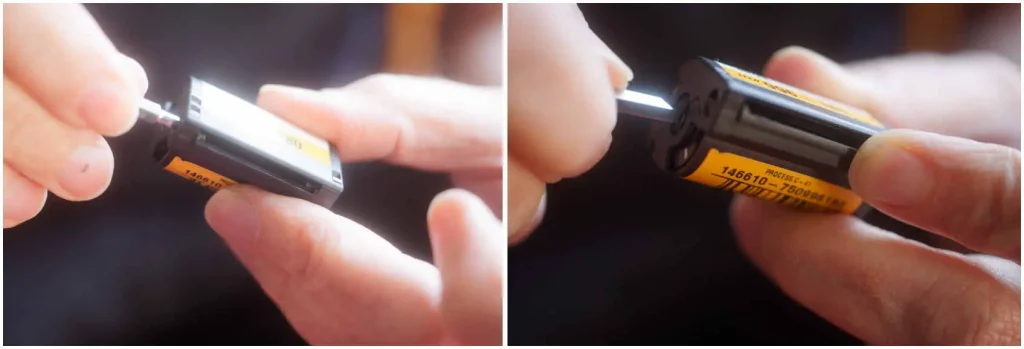
In the dark you need to open the light trap by putting the screwdriver into the socket and rotating. You can then hold the light trap open while you use the 4 mm driver on the spool to eject the film leader. The leader comes out very easily. The APS film base is different from conventional 135 film; a bit stiffer. Once you have hold of the leader you don’t need the screwdrivers any more as the film will come out of the cassette easily – more easily that 135 as you don’t have to pull the film through the light-trap material. The film then loads quite easily onto the reel.
Processing method
To process c41 film with B&W chemicals, treat the film as if it is Kodak Tri-X. Processing times are the same for c41 regardless of original ISO value. One of the benefits of B&W development of c41 is that the main deterioration in expired film is colour shifts, which won’t bother us.
If you process c41 film in this way, you do have to cater for the colour of the media itself. This gives a Black and Brown image. Contrast is less than if processing black and white film. However, it should still be possible to get some decent results from a film scanner.
The processing time for Tri-X in R09 at 1:50 dilution and 20° Celsius with agitation every 60 seconds is 14:45. After stopping and fixing clear images were visible on the orange/brown acetate
Digitising APS
There are various different ways of digitising your developed APS negatives. They will fit in 35mm holders, but you do need to position them carefully to make sure you get the whole picture. APS negatives have a smaller border for perforations than with 135 film. Wear cotton gloves to help position the negatives in the holder once it is closed. Cutting some paper ‘bridges’ to help keep the negative flat may also help.
Scanning
Unfortunately the width of the negative does not correspond nicely with standard 35 mm spacing. If your film holders have bars across, you can scan two frames at a time, separated by a bar. I found the easiest way of dealing with APS was to cut into strips of 6.
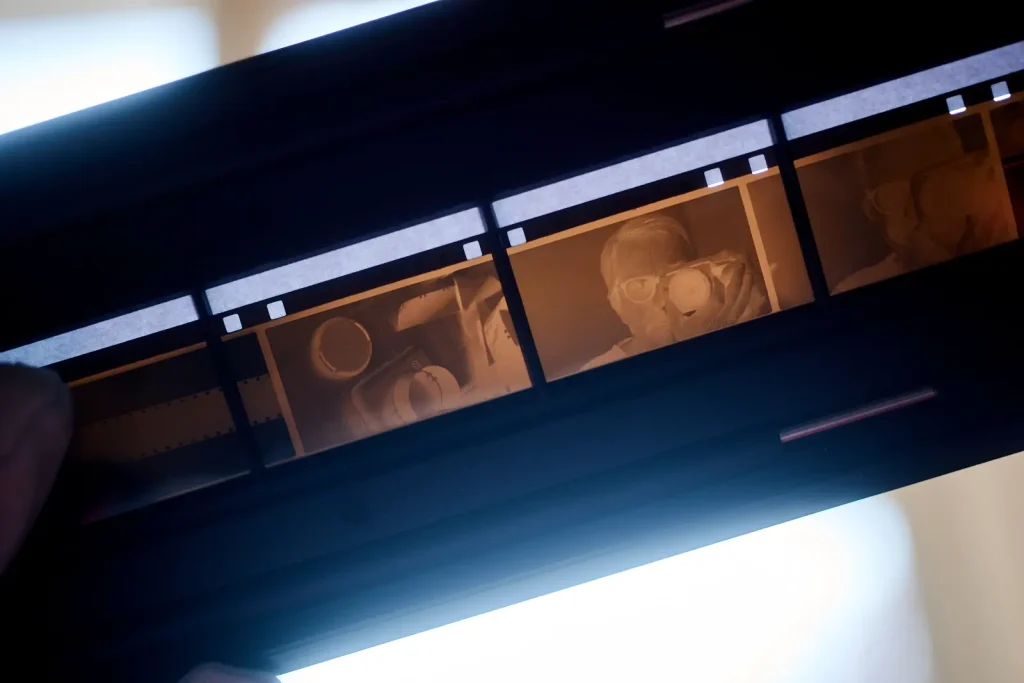
Copying
If you have a macro lens setup and a digital camera, you might find it easier to photograph the negatives. I got a slightly better results from the brown-on-brown negatives from photographs than I did from scans.
If you do want to copy your APS negs, there is a APS film gate available for pixl-latr from Simon Forster
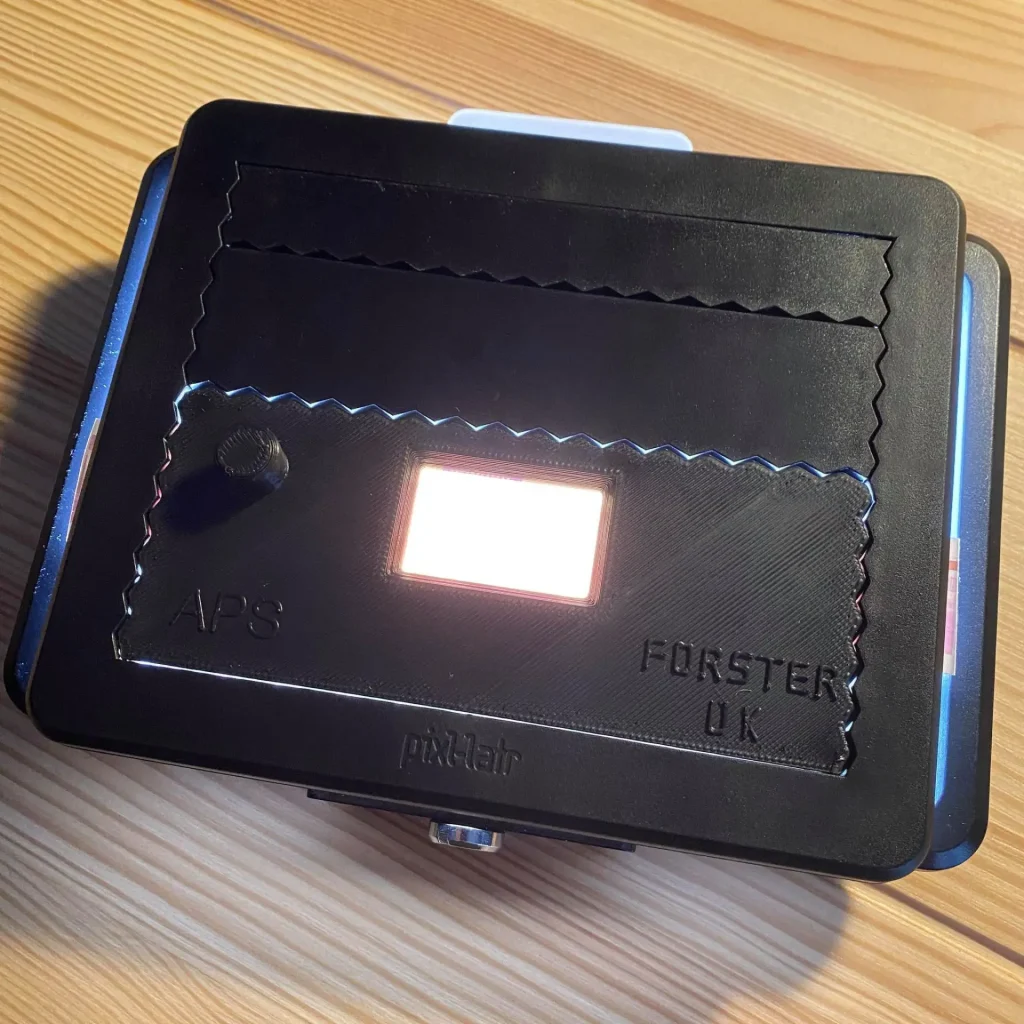
APS Sample Photos
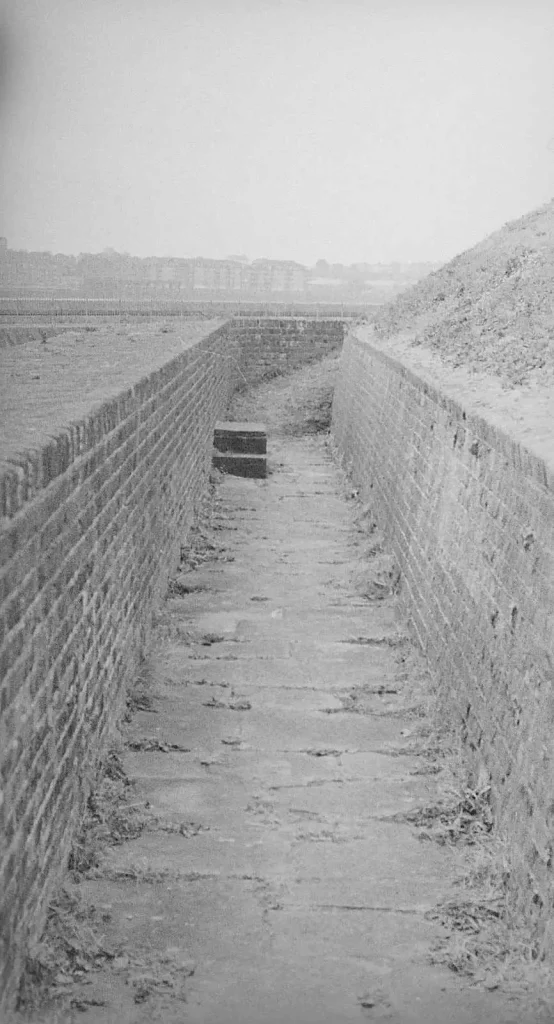
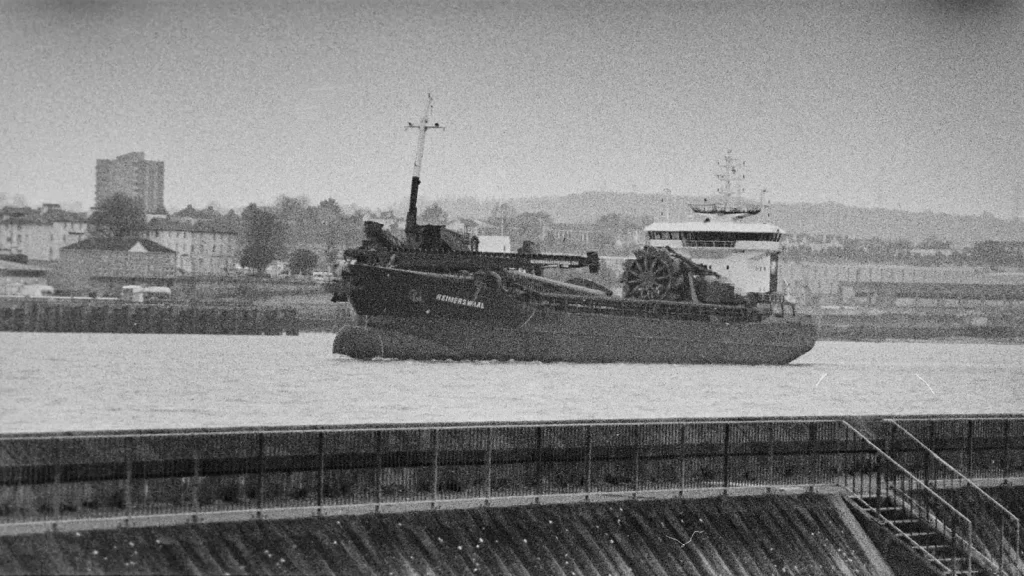

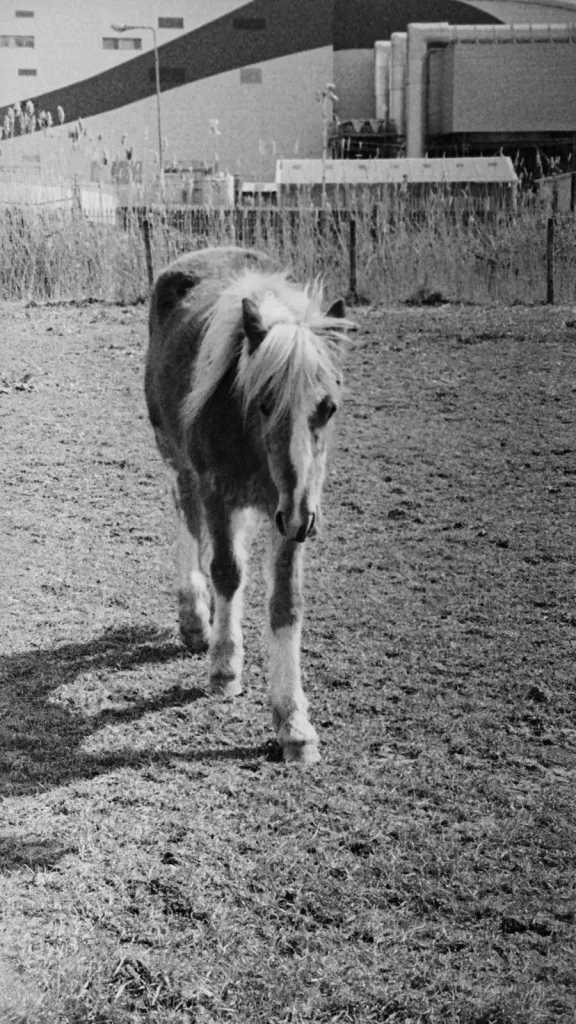
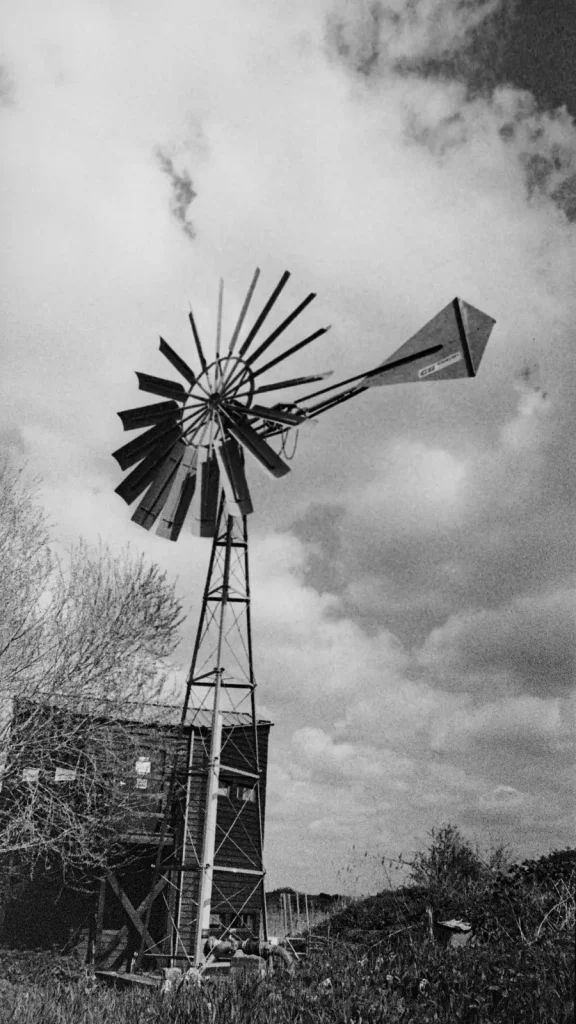
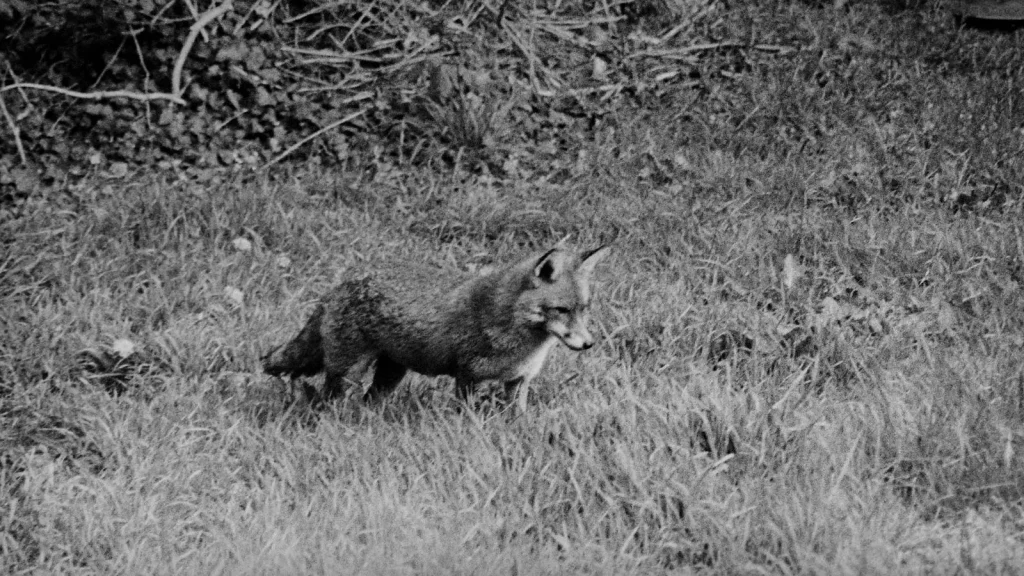
Conclusion
APS as a film format is stone cold dead, and I stress there will be no reprieve. Film is expensive and if you want to find someone to process colour for you, that will be expensive too. If you have any of the old cameras available it might be interesting to source some of the few remaining films available on auction sites, but in practical terms, if you want a flavour of late 90s technology, going for a 135 SLR model or an advanced compact from that era is going to be a more fulfilling experience.
Share this post:
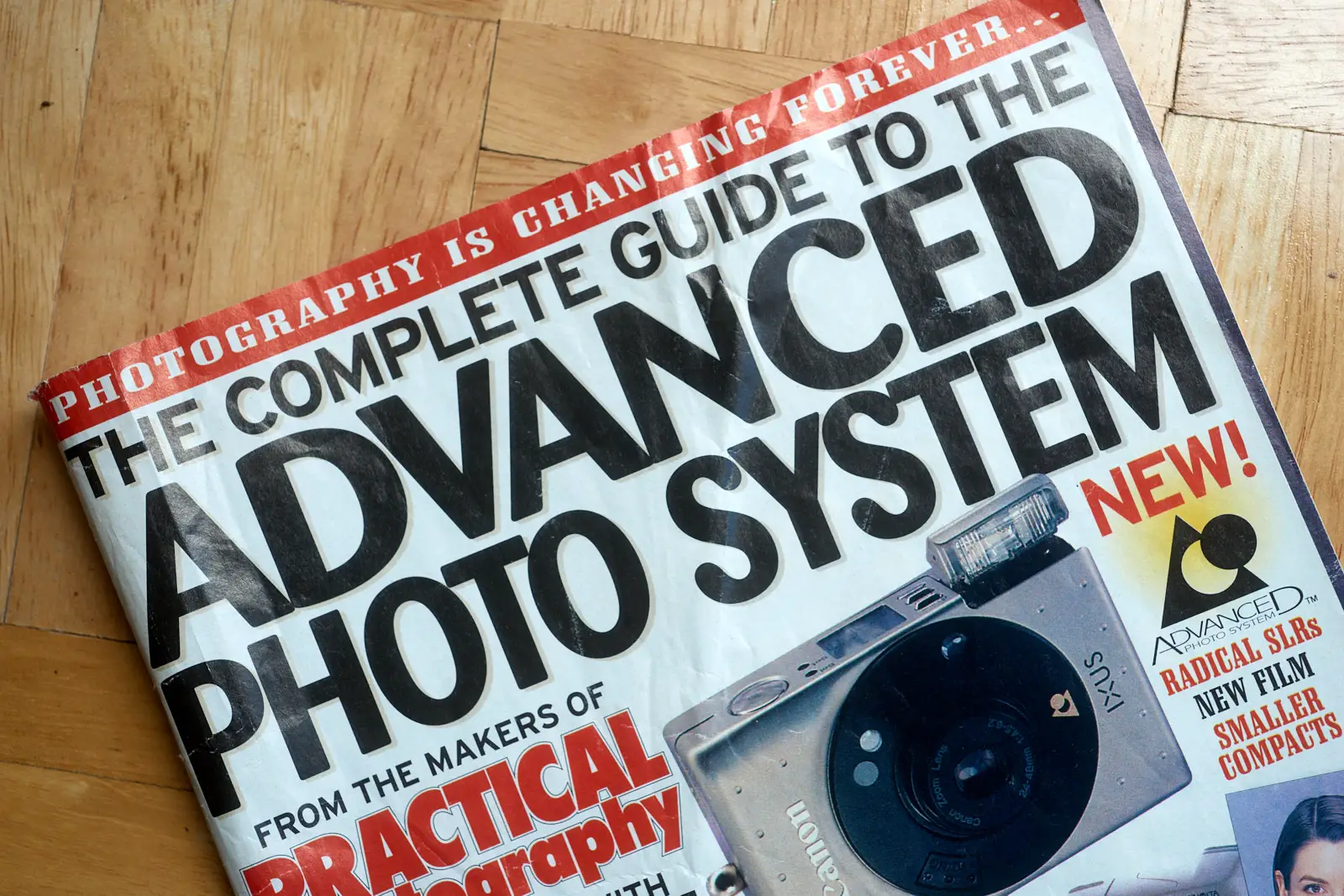








Comments
Tobias Eriksson on APS Film in 2021 – A Guide to Shooting, Developing and Scanning – By Bob Janes
Comment posted: 27/05/2021
Caffenol is a more consistent developer for C-41 (and slide) film when developing for b&w. Some films go all opaque brown in b&w chemicals, while in Caffenol they still go brown but with discernible details.
Best Foto in Riesa develop APS film in C-41 chemistry for the same rate as 35mm (and Instamatic 126-film!). I think today they are €5.90 for developing plus shipping.
Comment posted: 27/05/2021
Kurt Ingham on APS Film in 2021 – A Guide to Shooting, Developing and Scanning – By Bob Janes
Comment posted: 27/05/2021
Comment posted: 27/05/2021
David Pierini on APS Film in 2021 – A Guide to Shooting, Developing and Scanning – By Bob Janes
Comment posted: 27/05/2021
Comment posted: 27/05/2021
Tom on APS Film in 2021 – A Guide to Shooting, Developing and Scanning – By Bob Janes
Comment posted: 27/05/2021
Comment posted: 27/05/2021
Comment posted: 27/05/2021
Peter on APS Film in 2021 – A Guide to Shooting, Developing and Scanning – By Bob Janes
Comment posted: 27/05/2021
Case Harris on APS Film in 2021 – A Guide to Shooting, Developing and Scanning – By Bob Janes
Comment posted: 27/05/2021
The APS cornerstone of the digital foundation has a neat ripple effect with lenses as well. Just as different large-format film sizes have a relationship with different lenses and their image circles and coverage, consumer level DSLR cameras often use less expensive lenses with a smaller coverage area to match the APS-C sensor. Since a few of the big camera manufacturers used their existing lens mounts, it opens up some of the high quality (but usually far less spendy than their full-frame equivalents) modern DSLR lenses for use on, say, my Nikon Pronea 6i body. Conversely, a collection of full frame F-mount glass has some expanded usefulness: a 200mm tele on the Pronea APS body has a field of view equivalent to a 300mm on a 35mm frame. My 500mm wildlife lens gets even more “reach” out to what looks like a 750mm on 135.
So, whether you call it “Amateur Photo System” or “analog DX,” the APS system still has some usefulness bridging the analog/digital divide. As the film and camera industry’s attempt at simplifying film photography for consumers in the face of an oncoming digital revolution, I think the concept was quite successful in its day.
Robert_ on APS Film in 2021 – A Guide to Shooting, Developing and Scanning – By Bob Janes
Comment posted: 28/05/2021
Comment posted: 28/05/2021
davesurrey on APS Film in 2021 – A Guide to Shooting, Developing and Scanning – By Bob Janes
Comment posted: 28/05/2021
But when my remaining 7 rolls have been used it’ll be retired to the collection.
Like so many things the APS concept was advanced, quite literally, but couldn’t compete when the disruptive technology, that is digital, came along.
Kodachromeguy on APS Film in 2021 – A Guide to Shooting, Developing and Scanning – By Bob Janes
Comment posted: 29/05/2021
1. Nikon made an APS adapter for their CoolScan scanners. But they were for films that had been developed by a professional lab and kept in their cassette. I retrieved one of these adapters from the throw-out pile at the office and gave it to a friend, who had a CoolScan. He has likely never used it.
2. Dwayne's Photo in Parsons, Kansas, will still process APS, and even Disc! (As of May 2021)
3. I think the concept of the APS system was brilliant in that information about the exposure could be encoded on the film and the film stayed safe in its cassette. But the fundamental failure was the small size of the image in the negative. People could buy a regular 35mm camera at about the same price, but get a much larger negative. And some of the issues of loading had been solved by Canon (and other companies?) where all you had to do was drop the cassette in the camera and draw the film across the gate. Also, the improvements in film that came with the APS soon extended to the 135 format, so photographers had the benefit of the improved film but in larger size.
4. I agree fully with Dave above, who noted that APS was advanced, but it could not compete with the disruptive technology of digital. But surprisingly, 135, 120, and sheet size film are dong very well with an entirely new generation of photographers, as 35MMC readers know. Bravo!
Comment posted: 29/05/2021
Barry Reid on APS Film in 2021 – A Guide to Shooting, Developing and Scanning – By Bob Janes
Comment posted: 01/09/2021
Caroline on APS Film in 2021 – A Guide to Shooting, Developing and Scanning – By Bob Janes
Comment posted: 24/10/2021
Comment posted: 24/10/2021
Comment posted: 24/10/2021
Comment posted: 24/10/2021
Michael Butkus on APS Film in 2021 – A Guide to Shooting, Developing and Scanning – By Bob Janes
Comment posted: 09/12/2021
Khürt Williams on APS Film in 2021 – A Guide to Shooting, Developing and Scanning – By Bob Janes
Comment posted: 17/01/2022
Comment posted: 17/01/2022
Bob on APS Film in 2021 – A Guide to Shooting, Developing and Scanning – By Bob Janes
Comment posted: 15/02/2022
Also have the Minolta models and nearly the full range of interchangeable lenses made for them: 17mm. 50mm (the best re image quality?), the 400 mirror lens, and two zooms. The lens mount was the same as an early Minolta digital camera.
The 100 film easily makes fine 8x12 enlargements.... especially when taken with a tripod.
This article is urging me to defrost a roll or two and try the cameras again. A major disadvantage for me was not so much the size of the film as the relatively small viewfinder. These were used in late 1990s and early 2000s on vacation travel to France and elsewhere in Europe for the small size of camera and lenses.
Rombout Versluijs on APS Film in 2021 – A Guide to Shooting, Developing and Scanning – By Bob Janes
Comment posted: 31/03/2022
Comment posted: 31/03/2022
Phil on APS Film in 2021 – A Guide to Shooting, Developing and Scanning – By Bob Janes
Comment posted: 10/08/2022
Comment posted: 10/08/2022
Comment posted: 10/08/2022
Ben on APS Film in 2021 – A Guide to Shooting, Developing and Scanning – By Bob Janes
Comment posted: 27/12/2022
Thousands and millions of well-preserved APS cameras can be found in classified ads and on eBay. Naturally, most of them have been used very little.
I really don't understand why some accessory supplier doesn't re-fill APS film cartridges. It's certainly a niche market, but this retailer would have a unique selling proposition - worldwide. Certainly, 35mm film could be configured accordingly without any problems. Probably without the magnetic strip, but that should be bearable. I don't know what the situation is with the ISO settings and how the cameras read it, but I'm sure a solution could be found for that too. The dealer could introduce a kind of "deposit system". Refilled film cartridges would only be sold after already exposed (and digitised) films have been handed in.
But this is probably a huge pipe dream. So I just enjoy this unique Leica C11 - buy massively overstocked film material for vast sums of money and at some point - soon - have to accept that this was a wonderful interlude.
Emil on APS Film in 2021 – A Guide to Shooting, Developing and Scanning – By Bob Janes
Comment posted: 20/02/2023
Comment posted: 20/02/2023
Comment posted: 20/02/2023